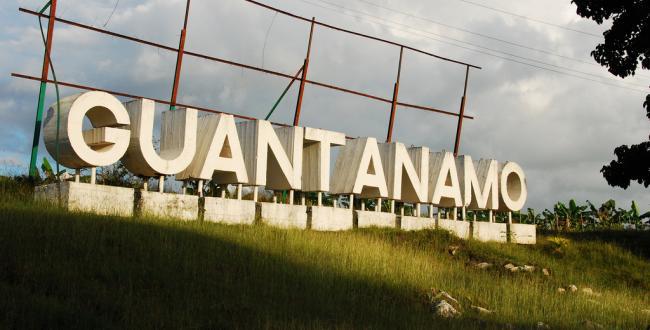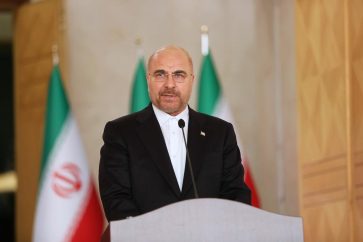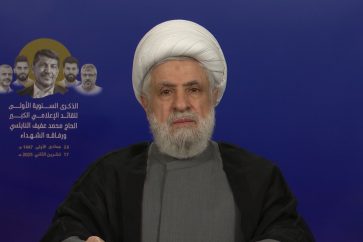US President Donald Trump announced Tuesday he would keep Guantanamo Bay open, breaking from his predecessor Barack Obama’s lengthy and ultimately failed efforts to shutter the maligned detention facility.
“I just signed an order directing Secretary Mattis to reexamine our military detention policy and to keep open the detention facilities at Guantanamo Bay,” Trump said, in his State of the Union address to Congress, in keeping with a campaign promise.
During his address, the White House confirmed that the Guantanamo Bay detention camp will stay open. The announcement follows a leak of a plan to overturn President Obama’s move to close it.
The White House released the executive order, entitled “Protecting America Through Lawful Detention of Terrorists,” Tuesday night as Trump gave his remarks.
The presidential order stated that US operations at Guantanamo will continue “given that a number of the remaining individuals at the detention facility are being prosecuted in military commissions, while others must be detained to protect against continuing, significant threats to the security of the United States, as determined by periodic reviews.”
The executive order added that the current detainee population at Guantanamo includes the most dangerous and difficult cases, and stated “there is significant reason for concern regarding” the prisoner’s engagement in “hostilities should they have the opportunity.”
Announcing the order to keep Guantanamo Bay open, Trump indicated that new inmates could soon be brought to the notorious detention facility.
“To ensure that in the fight against ISIL and Al-Qaeda we continue to have all necessary power to detain terrorists wherever we chase them down, wherever we find them,” Trump said “in many cases for them it will now be Guantanamo Bay.”
Under president George W. Bush, the US military hastily constructed a prison camp on Guantanamo Bay, located on the US naval base on the eastern tip of Cuba, in the months following the US-led invasion of Afghanistan after the September 11, 2001 attacks.
At first, inmates were held in cages and fenced in with razor wire, and conditions for the orange jumpsuit-clad detainees provoked a global outcry in 2002.
Source: Agencies




